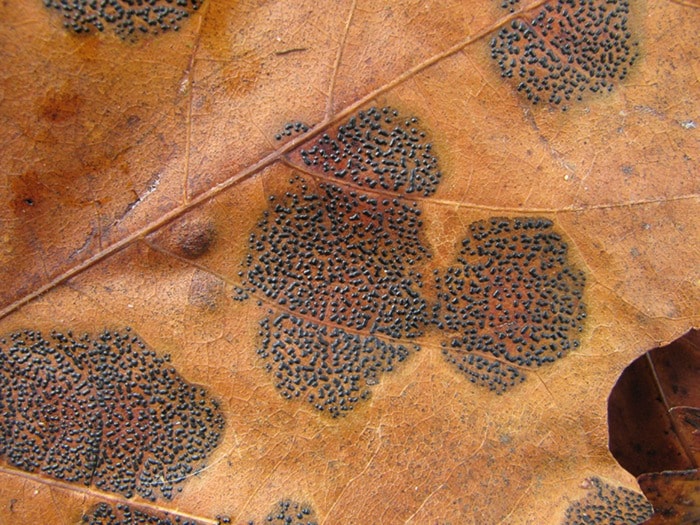Received an SOS from our daughter.
"Mom! What do you know about electricity? Shelby (granddaughter) has to build an electrical circuit for a science project."
My question...besides wanting to know the project deadline date ... why do I always get the hard assignments? (Ever tried to help your grandson with his math homework over the phone?)
Admittedly, it has been a few years since I fiddled with homemade electricity projects myself but I did remember something about using a potato. And another project from my school days using pop and baking soda.
So, while my granddaughter is doing her own research, I will fill you in on a few facts about potatoes ... besides all their nutritional bonuses.
A potato will indeed conduct electricity. Stick an anode (zinc strip or galvanized nail) and a cathode (copper strip or penny) into your potato, connect the two with a wire and you will have a homemade battery. Hook up a multimeter and it should give a reading of just under one volt.
The juice in a potato is full of ions which makes it a great conductor of electricity.
In fact, there are many vegetables and fruits rich in ions that will work as electrical conductors. Tomato, banana, carrot, lemon, cucumber ... these are just a few that will produce voltage readings of at least 0.6.
Granted, it will take a series of any one of these fruit or vegetable battery set-ups to generate enough juice to light up an LED light but it can be done.
It will be very interesting to see how our granddaughter works out the logistics in her project that will turn on the light bulb when she opens the "door" of her cereal box.
• • •
Since I was into research mode, thought I would check out Tar Spot fungus, Rhytisma acerinum. You know, those ugly black splotches you see on the big leaf maple leaves scattered on the forest floor in autumn.
The affected leaves positively litter Miracle Beach Park where we have been enjoying almost daily walks with our new puppy, Sadie.
(We have been checking out the salmon run in the Black Creek. Latest count noted on the board at the fish ladder is 9,575 coho and 5 chinook ... as of Nov. 7. Many of them have been tagged.)
Would you believe there are about 24 different species in the Rhytisma genus? Good news is they typically only affect maple tree species. And these fungi are strictly a cosmetic nuisance. They will not harm the tree. That part I knew already.
What I did not know: Rhystima species are an environmental indicator. They will not flourish in an area where sulphur dioxide is present in the air. Neither would we for that matter.
But Tar Spot fungus has a lower tolerance to this toxic gas than what is deemed harmful to us.
Word of warning then ... if you do not see Tar Spot fungus on the big leaf maple trees in your area, check around to see if some industry or business is letting off sulphur dioxide fumes. Having worked in the pulp and paper industry ... trust me, your nose will tell you if the level of SO2 gas is high.
• • •
Something else which might interest you ... Herb of the Year for 2014 is Artemisia. You may be more familiar with the common names of wormwood, sagebrush, mugwort or southernwood. If you like to cook, you have probably used Artemisia dracunculus, or tarragon.
Did you know there are 5 calories in one teaspoon of tarragon leaves? You will also get 0.13 g of total fat, 1 mg of sodium, 54 mg of potassium and 0.41 g of protein in that same teaspoonful.
Boy, the things one learns!
Leslie Cox co-owns Growing Concern Cottage Garden in Black Creek. Her website is at www.duchessofdirt.ca and her column appears every second Thursday in the Record.
